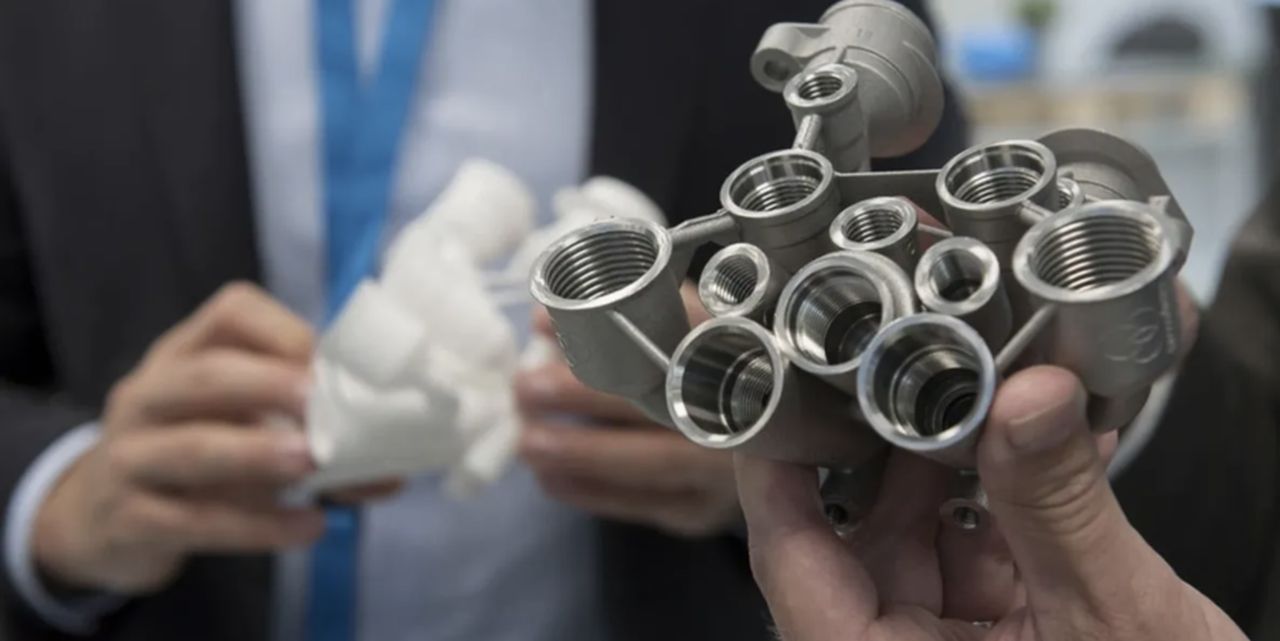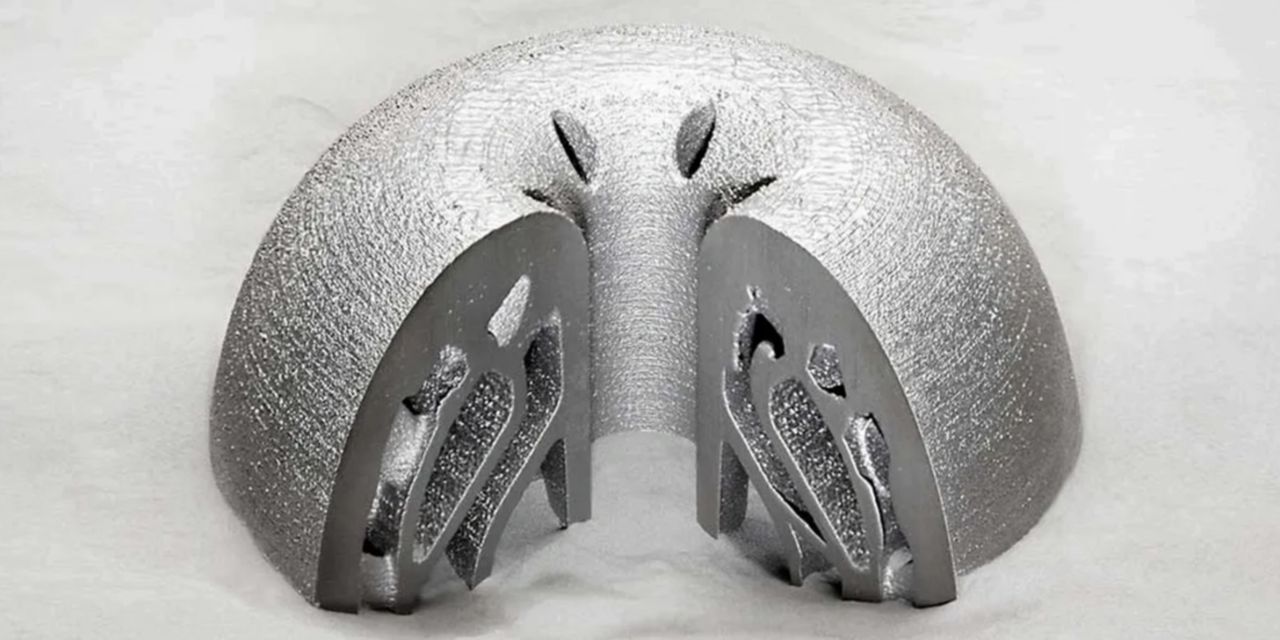
Charles R. Goulding and Preeti Sulibhavi examine how 3D printing technology and new policies can address recent economic concerns in Germany.
Recently the global press has been focusing on the slowing German economy. Historically the German economy has been the strongest in the European Economic Community (EEC) so the new weakness has surprised many people.
Like companies, countries have to focus on some of their core strengths if they want to reinvigorate their economy. Germany is particularly strong on 3D printing technology for the rail sector. Also, the need to increase defense budgets is creating new opportunities for Germany’s defense sector.
ThyssenKrupp, one of the world’s leading elevator manufacturers as well as the elevator industry as a whole is increasingly embracing 3D printing.
Germany’s fractious coalition put aside weeks of squabbling on Tuesday, August 29, 2023, agreeing to a EUR32 billion (US$34.63 billion) corporate tax relief package over four years designed to give a flagging economy what Chancellor Olaf Scholz called a “big boost.”
Chancellor Olaf Scholz unveiled the tax package as part of a 10-point blueprint for fostering investment and boosting competitiveness and productivity as Germany transitions to a more climate-friendly and technologically advanced economy.
The tax package is intended for investment and is aimed at the Mittelstand program, the small- to medium-sized enterprises that form the backbone of the German economy. It seeks to boost the construction industry by introducing depreciation allowances to incentivize investment in housing as well.
Prospectively, the German government may want to consider the three new US programs, namely the Infrastructure Investment and Jobs Act, the CHIPS and Science Act and the Inflation Reduction Act, including large funding for clean energy, and determine whether any of those programs can support German government policy objectives.

ThyssenKrupp has found engagement with 3D printing, specifically in the maritime sector.
Given the maintenance, repair, and operations (MRO) needs of ships and the huge number of them, it is time for our industry to concretely engage with the maritime sector.
Thyssen’s Abhinav Singhal, Director of ThyssenKrupp Innovations, states that in fleets, “50% of these vessels being older than 15 years, availability of parts is limited.” Furthermore, “This makes fulfillment of orders for maritime spare parts costly and complicated, and in fact, supply chain overheads involved may oftentimes far outstrip the cost of the part itself.

Moreover, traditional manufacturing processes such as machining and casting often involve long lead-times stretching into months. As a result, ship managers must carry high stock levels of parts to ensure that they can fulfill orders, leading to high capital costs.”
The Research & Development Tax Credit
The now permanent Research and Development (R&D) Tax Credit is available for companies developing new or improved products, processes and/or software.
3D printing can help boost a company’s R&D Tax Credits. Wages for technical employees creating, testing and revising 3D printed prototypes can be included as a percentage of eligible time spent for the R&D Tax Credit. Similarly, when used as a method of improving a process, time spent integrating 3D printing hardware and software counts as an eligible activity. Lastly, when used for modeling and preproduction, the costs of filaments consumed during the development process may also be recovered.
Whether it is used for creating and testing prototypes or for final production, 3D printing is a great indicator that R&D Credit eligible activities are taking place. Companies implementing this technology at any point should consider taking advantage of R&D Tax Credits.
Conclusion
When a major economy falters it should re-valuate its policy objectives. German manufacturing has major energy cost issues, and a new energy policy could address that.
Increased use of 3D printing could address supply chain issues and enable reshoring of some industries. Just as Germany has recently revised its long-standing defense policy it may need to stimulate its domestic economy.
